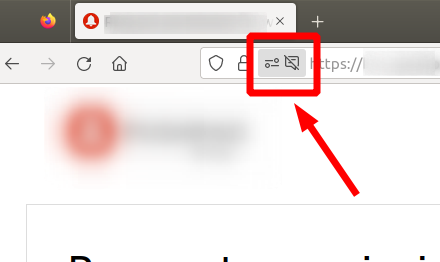
How to Choose the Perfect Smart Lighting for Your Home
- Understand the types of smart lighting available and their benefits.
- Evaluate your home’s needs and preferences.
- Consider compatibility with existing smart home systems.
- Explore energy efficiency features of smart lights.
- Learn how to enhance ambiance with smart lighting solutions.
Smart lighting solutions have transformed how we illuminate our living spaces. Not only do they provide convenience and energy efficiency, but they also enhance the aesthetic charm of your home. In this guide, you will learn how to select the best smart lighting options tailored to your style and needs.
Understanding Smart Lighting Solutions
Smart lighting comes in various forms ranging from smart bulbs to connected fixtures. Let's explore the different types:
| Type | Description |
|---|---|
| Smart Bulbs | Traditional bulbs that connect to Wi-Fi and can be controlled remotely. |
| Smart Fixtures | Light fixtures that come integrated with smart technology. |
| Smart Light Strips | Flexible LED strips that can be cut to size and placed around furniture or ceilings. |
| Smart Switches | Replace existing light switches for wireless control of conventional bulbs. |
Factors to Consider When Selecting Smart Lighting
1. Identify Your Aesthetic Needs
Think about the ambiance you want to create. Smart lighting can be used to enhance different moods, so consider:
- Color temperature (Warm, Cool, or RGB)
- Light intensity
- Fixture styles that match your decor
2. Assess Compatibility with Smart Home Systems
Before making a purchase, ensure the smart lights are compatible with your existing smart home ecosystem, such as:
- Amazon Alexa
- Google Assistant
- Apple HomeKit
3. Explore Energy Efficiency
Many smart bulbs offer energy savings compared to traditional incandescent bulbs. Look for:
- Energy Star certification
- Long lifespan claims
- Smart dimming options
4. Remote Control & Automation
Control your lighting from anywhere using smartphones, tablets, or voice commands. Features to consider include:
- Smartphone app functionality
- Scheduling options for when to turn lights on/off
- Geo-fencing capabilities that automatically turn lights on/off when you enter or exit your home
Top Smart Lighting Products to Consider
Switcheroo - Sync Lights with No App
Easily reconfigure and sync the light switches in your home without running any wires. Perfect for managing multiple outlets with ease.
Learn MoreUtilizing Smart Lighting for Different Spaces
Smart lighting can be effectively used in various spaces, enhancing both functionality and aesthetics. Here’s how:
- Living Rooms: Use dimmable smart bulbs or smart light strips for ambient lighting during gatherings.
- Bedrooms: Choose warm white lights for a relaxing environment; automation can help schedule a gradual dimming effect at bedtime.
- Kitchens: Brighten your cooking area with cool white smart bulbs paired with smart switches for easy control.
- Outdoor Spaces: Integrate smart floodlights that can change colors for different occasions.
Additional Benefits of Smart Lighting
Beyond convenience and aesthetics, smart lighting offers additional advantages:
- Improved security through light scheduling when you’re away.
- Increased home value with modern features.
- Custom scenes that can be set for various activities, such as relaxing or entertaining.
Conclusion
Choosing the right smart lighting for your home is about balancing aesthetics, functionality, and compatibility with your existing systems. With a wide range of options available, the right smart lighting solutions can elevate your living space to new heights. Remember to assess your needs, consider compatibility, and explore energy-efficient options to discover the perfect lighting solutions for your home decor.
Pros
- Enhanced control over your home lighting.
- Customizable ambience for every occasion.
- Improved energy efficiency and cost savings.
Cons
- Initial setup costs can be higher than traditional lighting.
- Potential compatibility issues with other devices.
Resources to Explore Further
If you’re interested in delving deeper into smart home technologies, check out these links:



